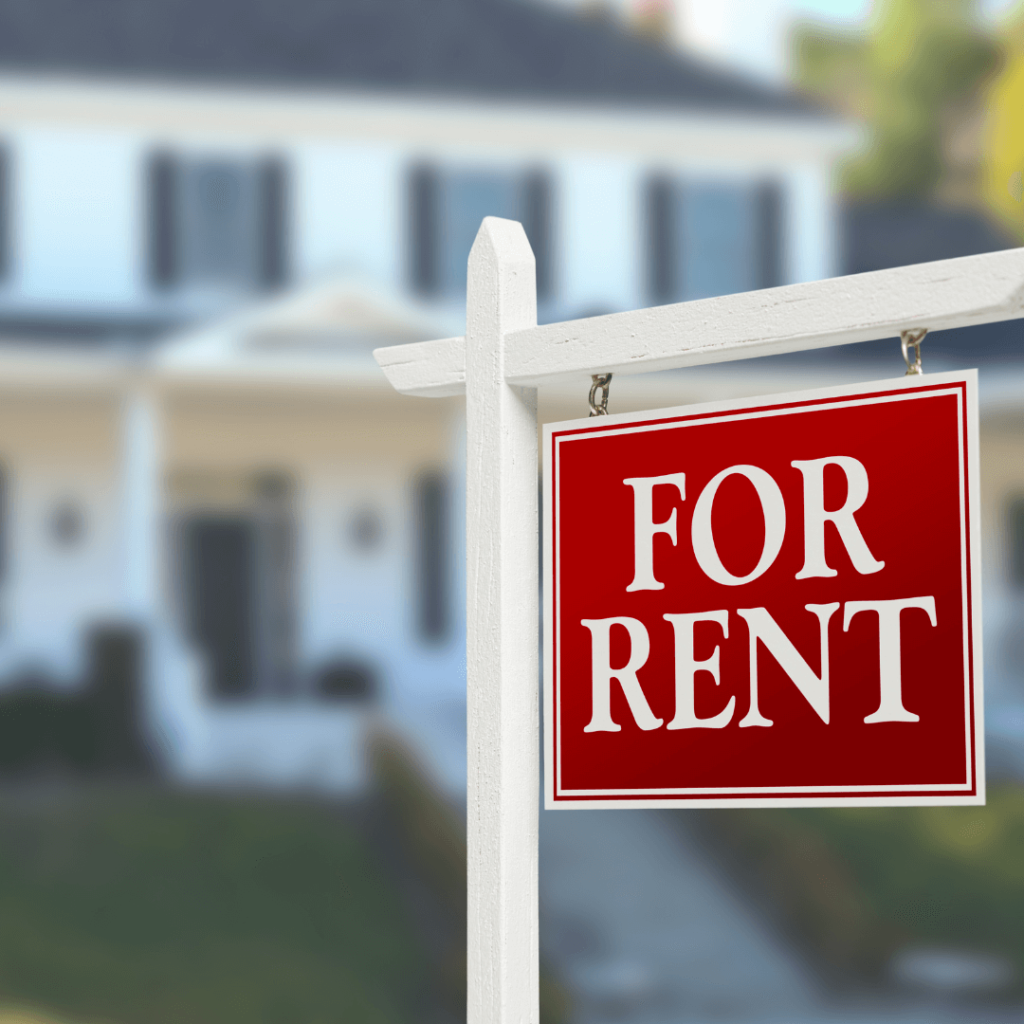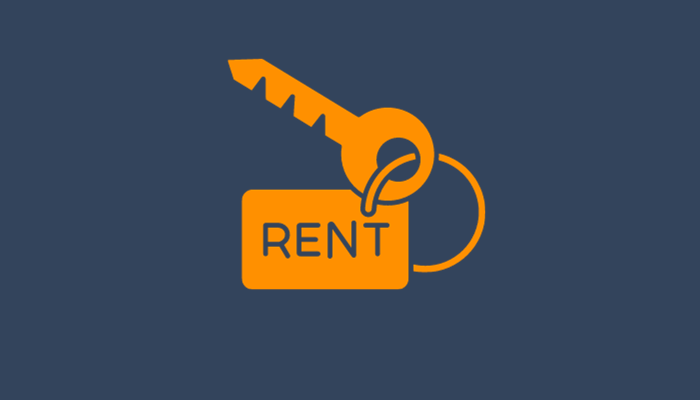Rental Yield Calculator
Rental Yield Calculator: Quick Start Guide for Investors
Calculate both gross and net rental yields on your properties using our easy to use rental yield calculator!
How to use the Rental Yield Calculator
- Input the purchase price for your property (or alternatively use the estimated market value)
- Input the annual rent you are receiving from the property
- Input your annual expenses
- Hit ‘calculate yield’
- Review both of your ross and net rental yield results
- To start again, then press ‘reset’.
Discovering the true potential of your investment property is crucial, and that’s where understanding rental yields comes into play. It’s a figure used by investors to calculate how hard your money is working for you.
By calculating both gross and net rental yields, you get a clearer picture of your investment’s performance. It’s straightforward—you take a look at the income your property generates and weigh it against the property’s value or purchase price.
As a landlord or property investor, having the right tools can make a world of difference in managing your properties effectively. Our rental yield calculator above simplifies this process, giving you the essential information on your rental properties to help you ascertain if they are hitting the mark in terms of the income they’re bringing in.
We like to think of it as a quick health check-up for your property investments, offering you insights that might otherwise require complex spreadsheets or guesswork.
How to Calculate Rental Yield – Manual Process
To figure out what your property’s rental yield is, here’s what you need to do:
- Find the property’s value or purchase price. This could be what you paid for it or its current market value.
- Determine the monthly rent. How much are tenants paying you each month?
- Consider annual costs. (This isn’t a must, but it’ll give you a clearer picture of what you actually make after expenses.)
- Do the math: Multiply your monthly rent by 12 to get your annual rental income, then divide this by the property price. To see this as a percentage, simply multiply by 100.
Remember, these numbers give you a ballpark figure. Your actual rental yield can vary. If you want to dig deeper or get more tailored info, reaching out for a professional opinion might be your next move.
Understanding Rental Yields
When you’re calculating how profitable your rental property is, you’ll come across two key terms:
- Gross Rental Yield: This is what your property earns in rent before any expenses. Think of it as your total rental income as a percentage of the property’s value.
- Net Rental Yield: This digs into what you actually keep after expenses. We’re talking about your rental income minus costs like maintenance and taxes, again as a percentage of the property’s value.

Optimal Rental Yield Percentages
When you’re eyeing properties for your portfolio, aiming for a strong rental yield aligns with savvy investment strategy. It’s more about the numbers that make sense for you rather than a one-size-fits-all figure. Check these pointers:
- ROI: Look for yields that boost your annual return.
- Cash Flow: Positive cash flow should be a priority.
- Appreciation: Factor in both property and capital appreciation.
- Goals: Tailor to your investment goals for holistic portfolio health.
Additional Costs Beyond Rental Income
When considering investment in rental property, be aware of various expenses:
- Acquisition Costs: Think stamp duty on initial purchase.
- Ongoing Expenditure: Maintenance and repair costs, insurance fees, and if applicable, ground rent.
- Management Overheads: Fees paid for professional property management services.
- Income Gaps: Potential losses during times your property is vacant.
- Financial Obligations: Mortgage interest and property taxes.
- Utilities: Costs for amenities which might include laundry if provided.
Common Questions on Assessing Rental Property Investment
How to Determine if Your Rental Property is a Good Investment
To assess if your rental property makes financial sense, you need to look at several factors. Consider the rental income versus expenses, the area’s vacancy rates, and long-term property value appreciation.
A common gauge (and indeed common sense approach) is ensuring your rental income surpasses your mortgage and operating costs.
Understanding Rental Yield
Rental yield is a calculation showing the percentage return from your rental income on the property’s purchase price or current market value.
It’s a quick metric to gauge investment performance. To get the gross yield, divide the annual rental income by the property’s value and multiply by 100.
